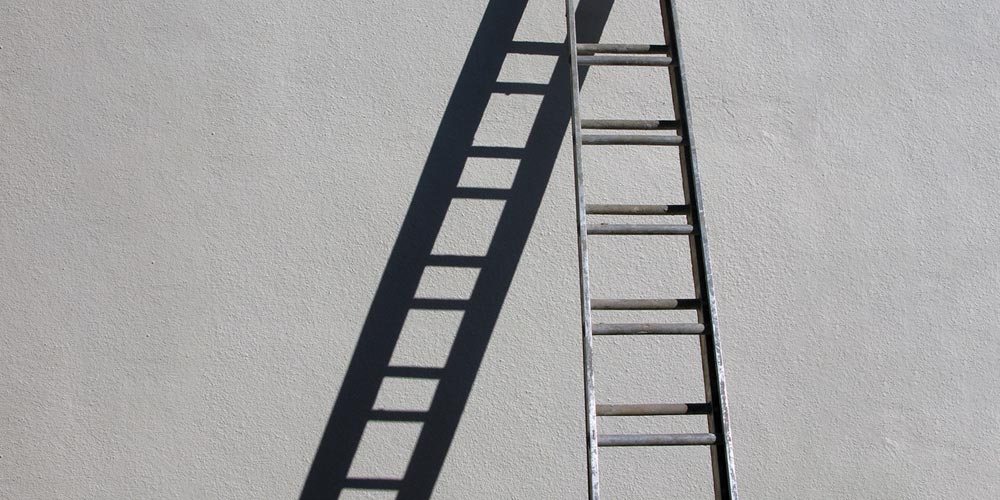
If you’re familiar with using a certain type of ladder, you’ll quickly become familiar with the precautions necessary to use it safely. Maintaining three points of contact, not overreaching and not overloading a ladder while in use will all become second nature after a short period of time. But there are other safety precautions you should be considering just as often. Inspecting ladders before use is vital to ensuring they are safe to use, so here are a couple of things to bear in mind.
New ladders
It may sound counterintuitive, but the first thing you should do when you receive a new ladder is check it’s in good working order and safe to use. If you’ve just bought a brand-new ladder, you’d expect it to be ready to go immediately. While it’s true that all new ladders should be safe to use from the manufacturer, faulty parts can sometimes slip through the gaps in the quality control process. Additionally, ladders can be damaged during the transport process, so you need to do a thorough inspection before putting a new ladder to work. Ideally, we’d always recommend buying from a retailer who offers a lifetime guarantee on their ladders – such as https://www.laddersandscaffoldtowers.co.uk
What to look for when inspecting ladders
Some faults and damaged parts can be a lot easier to spot than others, so it’s important you carry out a thorough check of a ladder each time you go to use it. While there is an endless number of faults which could occur, the vast majority of the time it is the same few components you should look out for. This isn’t because they are badly designed, it’s just a result of them being subjected to more wear and tear throughout their lifecycle.
One of the key components to look at during safety checks is a ladder’s rubber feet, which keep the entire structure in place when in use. These rubber feet can wear down, increasing the likelihood of a fall if not kept in good condition. Another common occurrence is loose screws, nuts or fastenings which could pose a serious safety risk if not spotted. The final common thing to look out for is deterioration of ladder materials. If a ladder has been stored, rust or rot can set in, weakening the ladder to the point of failure, and surfaces can become worn through frequent use.
Maintenance
If you do spot a fault on a ladder, do not attempt to carry out makeshift repairs. Label the damaged component clearly, take the ladder out of use, and send it for professional repairs. Certain ladder types also require regular cleaning and maintenance, such as clear lacquer for fibreglass ladders and preservative for wooden ladders.
